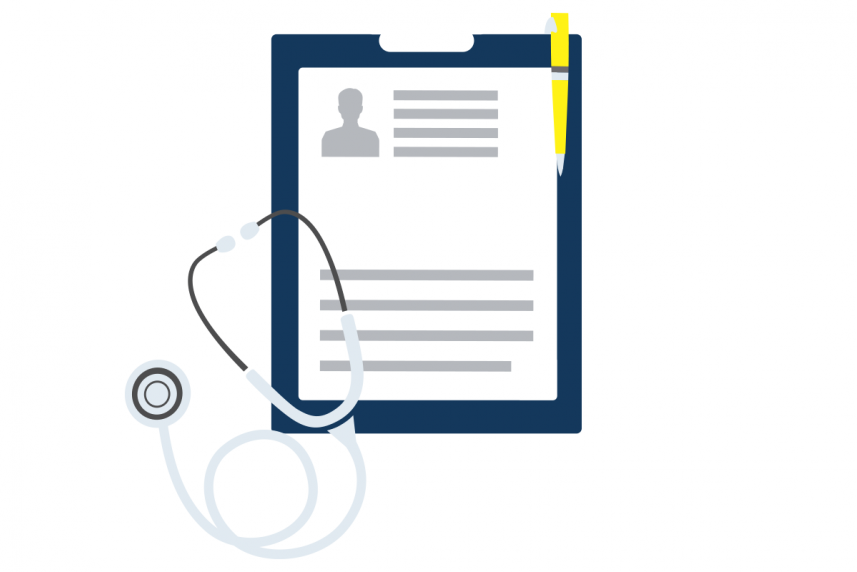Health screenings: Your fall to-do list
Routine preventive health screenings can help you detect underlying conditions earlier, when they’re easier to treat. Here are a few that you might need — ask your primary care provider which ones are right for you.

Breast cancer screening (mammogram)
What it is: An X-ray picture of the breast that can detect cancer. While a mammogram can’t prevent cancer, it can identify it early.
Who should get it: Most older women should get mammograms. The American Cancer Society recommends screenings as long as you’re in good health and are expected to live another 10 years or longer.
How often: Women over 55 can switch from once a year to every other year. Talk to your doctor about the best frequency.
Diabetes screening
What it is: A blood test to assess your blood sugar level. Older adults are generally tested for type 2 diabetes. Common tests for diagnosis include:
- A1C test: Measures blood sugar over the past 90 days
- Fasting blood sugar test: Measures your blood sugar after you’ve fasted overnight
Who should get it: Adults
How often: At least every three years
Liver screening
What it is: A blood test that checks your liver’s health by measuring enzymes and proteins. It also monitors the side effects of some medications.
Who should get it: Adults with alcohol use disorder, a family history of liver disease, or other risk factors.
How often: Talk to your doctor.
Kidney screening
What it is: Tests to see whether you have kidney disease. They assess your urine, blood, and blood pressure.
Who should get it: Adults with diabetes, high blood pressure, heart disease, or a family history of kidney disease.
How often: Annually, if you have diabetes. Otherwise, ask your doctor.
Diabetic eye exam
High blood sugar can harm vision, so staying on top of eye exams is also important.
Your provider will look at:
- Blood vessels
- Back of the eye
- Optic nerve area
Lung cancer screening
What it is: A one-minute test called a low-dose CT scan.
Who should get it: Anyone ages 50 to 80 who has smoked in the past 15 years and has at least a 20-pack-year smoking history.
How often: Once a year
What is a pack year? The American Cancer Society describes a pack year as the number of packs of cigarettes per day multiplied by the number of years smoked. For example, 20 pack years is equal to smoking one pack per day for 20 years, or two packs per day for 10 years.
Don’t forget your flu and COVID-19 vaccinations!
Get your free flu and COVID-19 vaccines at an in-network doctor’s office or in-network pharmacy. Ask about flu vaccines made just for older adults. These may offer stronger protection than the standard vaccine. There are two: higher-dose flu vaccines and adjuvanted flu vaccines, which help increase your immunity.


